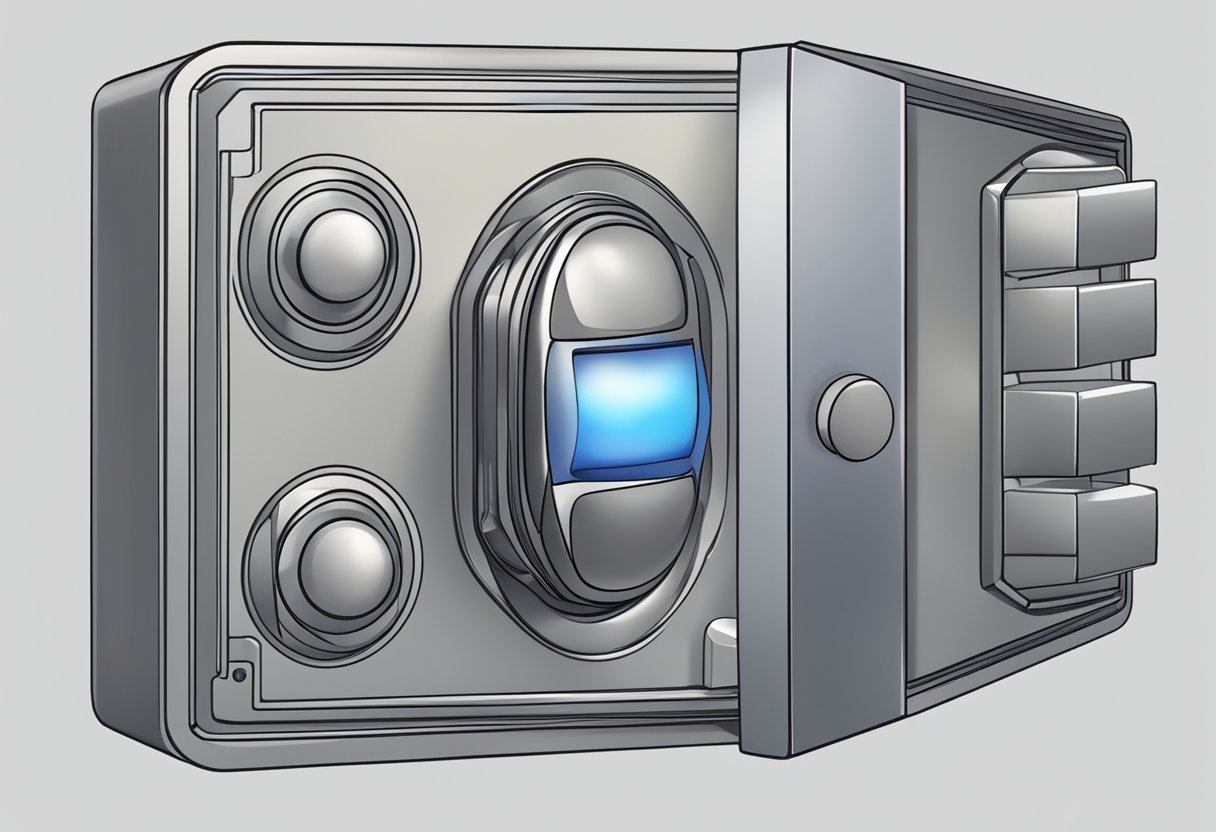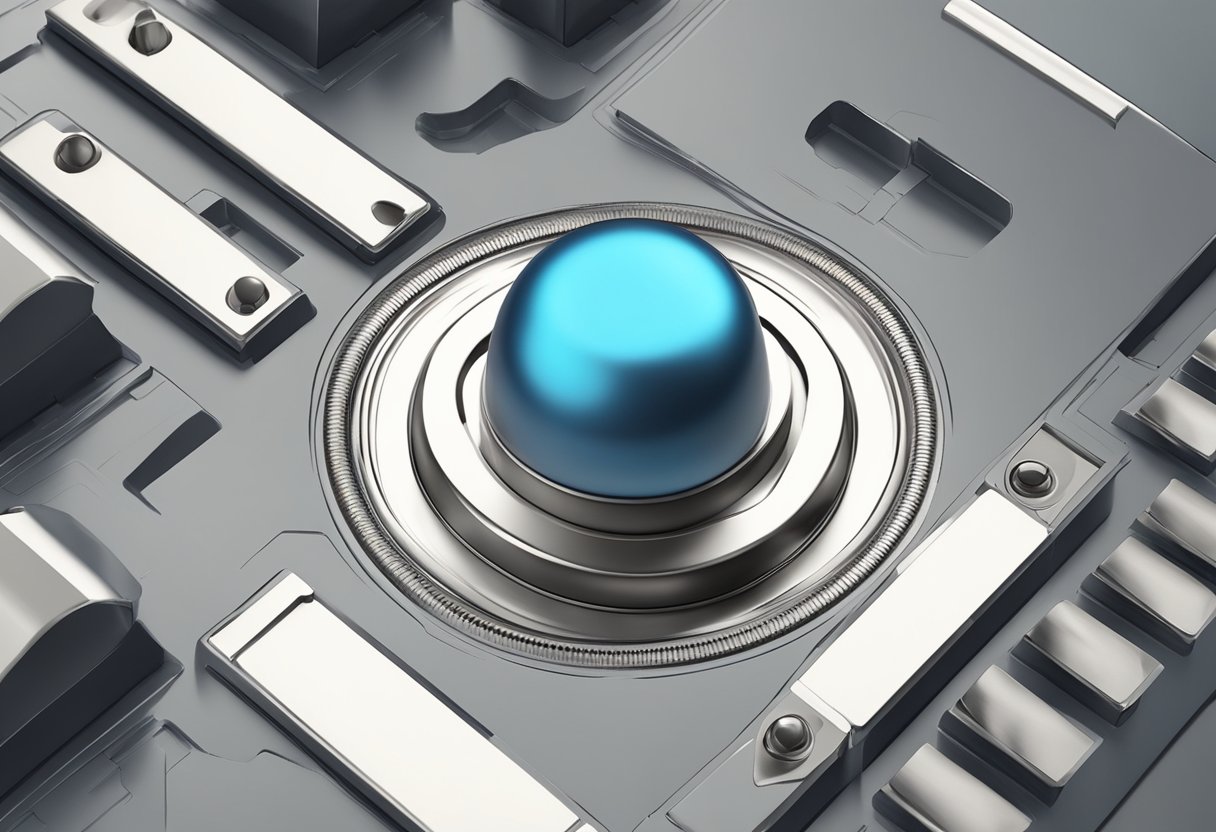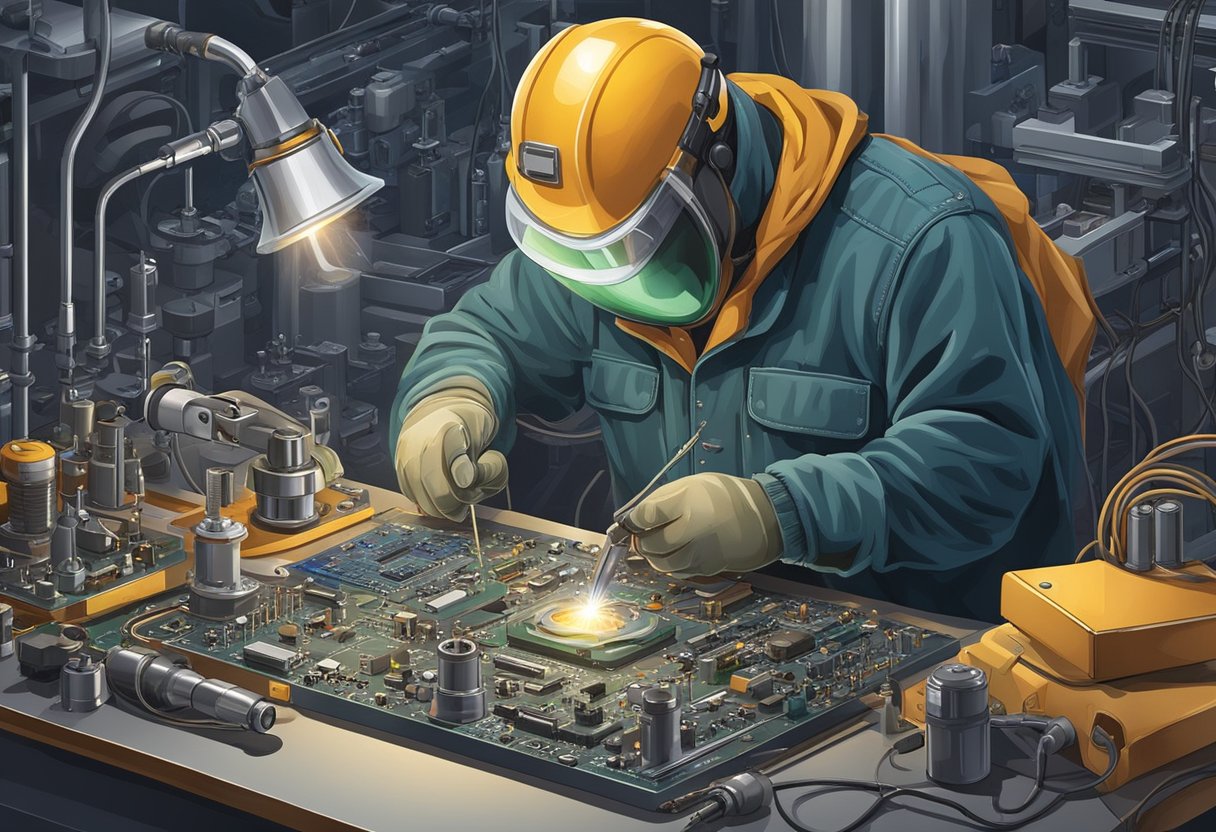Contact
Write to Us And We Would Be Happy to Advise You.
Do you have any questions, or would you like to speak directly with a representative?
By peter
If you’ve ever used a keyboard or a calculator, you’ve probably pressed a tactile metal dome switch without even realizing it. These small, round components are responsible for the satisfying “click” you feel when you press a button. Tactile metal dome switches are commonly used in a variety of electronic devices, from remote controls to medical equipment.

The basic design of a tactile metal dome switch consists of a thin, flexible metal dome that is mounted on a printed circuit board. When you press the button, the dome collapses and makes contact with the circuit board, completing the electrical circuit. This action provides tactile feedback to the user, letting them know that the button has been pressed. Tactile metal dome switches are known for their durability and long lifespan, making them a popular choice for manufacturers of electronic devices.

Tactile metal dome switches are momentary switches that provide tactile feedback when pressed. They are commonly used in various electronic applications such as remote controls, keyboards, and game controllers.
The metal dome switch consists of a metal dome, a spacer, and a printed circuit board (PCB). The metal dome is made of stainless steel or nickel-plated phosphor bronze and is responsible for the tactile feedback. The spacer, which is usually made of polyester or polycarbonate, serves as a cushion and determines the actuation force required to press the switch. The PCB provides the electrical connection between the switch and the device.
The tactile feedback of a metal dome switch is determined by several factors such as the dome shape, size, and thickness. Metal domes can be designed to provide different levels of tactile feedback, ranging from a soft click to a firm snap. The over-travel distance of a metal dome switch also contributes to the tactile sensation experienced by users. Customizing this aspect allows for a refined level of feedback, enhancing the overall user experience and interaction with the device.
Tactile metal dome switches offer several advantages over other switch solutions. They have a low profile, making them suitable for applications where space is limited. They also have a high life cycle rating, which means they can withstand millions of actuations without failure. Tactile metal dome switches are also reliable and consistent, providing a consistent feel and performance over time.
In summary, tactile metal dome switches are an essential component in electronic applications that require a tactile response when pressed. They offer several advantages over other switch solutions, including a low profile, high life cycle rating, and consistent performance. The design of metal tactile domes in your application can be assisted by the design guide provided by Snaptron.

When designing a tactile metal dome switch, there are several factors to consider. In this section, we will discuss the materials used, dome shapes and sizes, and actuation force characteristics.
Tactile metal dome switches are typically constructed using stainless steel or nickel-plated phosphor bronze. These materials provide durability, corrosion resistance, and excellent electrical conductivity. The thickness of the material used can affect the actuation force required to activate the switch.
The shape and size of the metal dome can also affect the switch’s performance. Metal domes are available in a range of shapes, including four-legged, round, oblong, and triangle. The shape of the dome can affect the tactile response and actuation force required. The size of the dome can also affect the actuation force required and the overall size of the switch.
The actuation force required to activate the switch is an essential consideration in the design of tactile metal dome switches. Actuation force can be affected by several factors, including the size and shape of the dome, the thickness of the material used, and the type of contact material used. It is essential to balance the actuation force with the desired tactile response and the intended application.
In summary, when designing a tactile metal dome switch, it is important to consider the materials used, dome shapes and sizes, and actuation force characteristics. By carefully balancing these factors, you can create a switch that provides a reliable, consistent, and satisfying user experience.
Tactile metal dome switches are widely used in various industries due to their reliability, durability, and tactile feedback. In this section, we will explore some of the most common applications and use cases of tactile metal dome switches.
Tactile metal dome switches are extensively used in consumer electronics such as smartphones, tablets, and laptops. These switches provide a crisp tactile feel that enhances the user experience and makes it easier to navigate menus and perform actions. Additionally, the low-profile design of these switches allows for sleeker and more compact designs, which is a crucial factor in the consumer electronics industry.
The automotive industry is another sector that heavily relies on tactile metal dome switches. These switches are used for various applications such as dashboard controls, infotainment systems, and climate control. The tactile feedback provided by these switches allows drivers to keep their eyes on the road while operating the controls. Moreover, the durability of these switches ensures that they can withstand harsh environments such as extreme temperatures, vibration, and humidity.
Tactile metal dome switches are also commonly used in medical devices such as diagnostic equipment, patient monitoring systems, and infusion pumps. The tactile feedback provided by these switches allows medical professionals to operate the devices with precision and accuracy, which is crucial in the medical field. Additionally, the high reliability and long life cycle of these switches ensure that they can withstand frequent use and provide consistent performance.
In summary, tactile metal dome switches are versatile components that find applications in various industries. Their reliability, durability, and tactile feedback make them an ideal choice for consumer electronics, automotive industry, medical devices, and many other applications.
Tactile metal dome switches are widely used in keyboards, remote controls, and other electronic devices. These switches are integrated with user interfaces to provide a better user experience.
The assembly of a keyboard involves the integration of tactile metal dome switches with a printed circuit board (PCB). The dome switches are placed on the PCB, and the keys are mounted on top of them. The keys are designed to press down on the dome switches, which in turn trigger an electrical signal. The electrical signal is then sent to the device’s processor, which interprets the signal and performs the desired action.
Tactile feedback is an important aspect of user-interface design. Tactile metal dome switches provide a tactile response when pressed, giving users a sense of confirmation that their input has been registered. The feedback mechanism of a tactile metal dome switch can be customized to provide different levels of tactile response. The over-travel distance of a metal dome switch contributes to the tactile sensation experienced by users. Customizing this aspect allows for a refined level of feedback, enhancing the overall user experience and interaction with the device.
In addition to tactile feedback, audible feedback can also be integrated into the user interface. This can be achieved by adding a sound-dampening material to the keyboard assembly, which reduces the sound of the keys being pressed. Some users prefer a quieter keyboard, while others prefer a louder one. Providing audible feedback can enhance the user experience by providing additional sensory input.
In conclusion, the integration of tactile metal dome switches with user interfaces is an important aspect of electronic device design. The assembly of keyboards and other devices involves the integration of these switches with PCBs, and feedback mechanisms can be customized to provide a better user experience.
Do you have any questions, or would you like to speak directly with a representative?